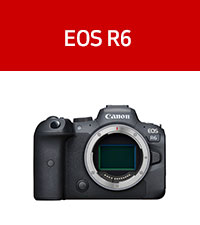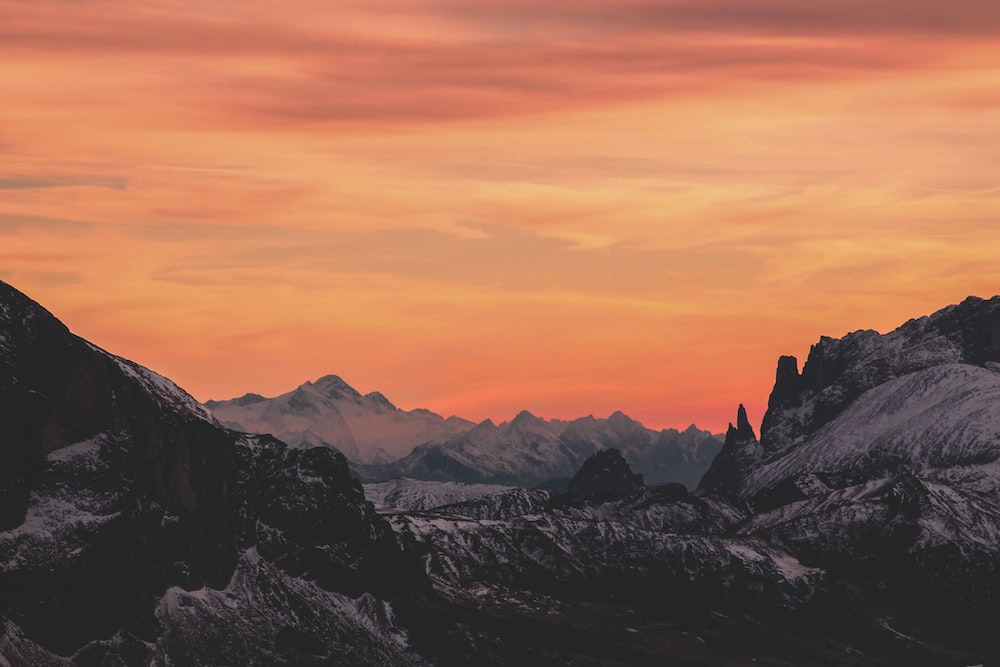
There are many options available, whether you're looking for an Action camera or Trail camera, a Compact camera or a DSLR. These cameras will make taking the right pictures much easier. There are some things you should consider before purchasing one.
DSLRs
With a DSLR, images can be taken and displayed digitally. This allows you exhibit your work without needing to create a film. A flat memory card can store photos that you want to instantly view on your camera or computer. DSLRs offer more advanced features than traditional film SLRs. They also have better performance in low light conditions.
The two most important components of a basic DSLR include the sensor and the lens. The first is the sensor, which is the part of the camera that captures images. The sensor can be found in many sizes in DSLRs. Smaller sensors are particularly useful for low-light situations when there is less light to capture cleaner images.
A mirror is the other component of a DSLR. The mirror in the body is designed for light reflection into an optical viewfinder. You can also use the viewfinder to compose photos.
Mirrorless cameras
Mirrorless cameras take images with an electronic sensor and replace film. These cameras can also use an electronic shutter in some cases to adjust the time taken for sensor reading.
Mirrorless cameras often include Hybrid AF systems. These combine the benefits of fast PDAF and fast CAF with contrast-detection AF. They also feature solid glass pentaprism optical viewsfinders. These systems allow a photographer to see the exact image, in real time, as the camera captures it.

These cameras are also capable of excellent tracking. Some models feature face/eye tracking. These systems can dramatically increase the number and quality of shots that can easily be taken from a single charge.
These cameras are much easier to use than DSLRs. You can see the image in real time, and the camera automatically increases gain to make subjects more visible.
Compact cameras
Compact cameras are compact cameras that can fit in smaller pockets. Some cameras offer optical zoom while others are fixed-focal lenses. A digital viewfinder can also be included in some models. It uses an image from your sensor to display the picture.
Most compact cameras include a back screen, and the playback button, which looks like a green triangle pointing to the right, opens an interface for composing and reviewing photos. This feature is very useful for those who want to save space or throw away unwanted photos.
Many compact cameras come with a built-in flash that can be used in low light conditions. The majority of models include a dedicated video switch. The video button toggles the camera into video mode and may have several options.
Action cameras
Action cameras are portable and smaller than regular digital cameras. These action cameras are great for shooting videos on-the-go. Many action camera are waterproof, which makes it a great choice for outdoor activities, such as hiking, surfing, and snowboarding. They are light and compact so they can be easily carried.
Action cameras are capable of recording high-definition video and still images. Many cameras come with electronic image stabilization built in, which can be used to correct vibrations. Many action cameras are equipped with wireless connections, which allow for quick sharing of footage or photos.

Your lens quality and sensor size will impact the video quality of you action camera. Higher-end models can produce smoother video. They can drain the battery quicker. A longer battery life is a good option if you are planning to shoot video often.
Trail cameras
Trail cameras are being used by thousands of hunters all across the country to track wildlife. These cameras are easy-to-use and are an excellent tool to protect landowners as well as their wildlife.
The signal strength and proximity of a trailcam to a cell tower will determine its signal strength. The camera's performance will be better if the signal strength is higher. This is especially true for cameras placed in areas with heavy wooded zones.
Also, the flash type of a trail cam can have an impact on its usage. Infrared flash is the most common type of flash used by cameras. An IR flash is a different type of flash from the white flash you see on a regular digital camera.
A trail camera's flash is used to illuminate objects. The flash of a trail cam is not visible by animals. This makes them less likely for theft.
FAQ
How can I make my photos look beautiful?
You can look great in photos if you take them yourself. You'll learn how to pose for the camera, what angles are flattering, and which ones aren't. You will also learn to use lighting and props as a way to enhance your natural beauty.
Learn how to select clothes that fit you well, what make-up looks good on you and what hairstyles best suit your style.
If you're unhappy with the result, we'll show how to retouch your images in Photoshop and other editing programs.
Don't be afraid to take some self-portraits.
What Camera Should You Get?
It all depends upon what kind of photographer your goal is to become. A basic point and shoot camera is enough if you are just starting.
However, once the basics are mastered, it's likely that you will want more advanced features. It all comes down to personal preference.
Here are some things to consider before purchasing a camera.
-
Features: Which features are most important? What features do you need? What number of megapixels does the camera have? Is there one?
-
Price: How much money are you willing to spend? Are you planning on upgrading your camera every two years?
-
Brand: Do you feel satisfied with the brand you choose? There is no reason to settle for less than the very best.
-
Functionality: Can your camera function well in low light conditions Are you capable of taking high-resolution photographs?
-
Image Quality: How clear and sharp are your images?
-
Battery Life: How long does your camera last between charges.
-
Accessories: Can you attach extra lenses, flashes or other accessories? ?
What is the best camera for beginners?
Your budget, your needs, and your skill level will determine which camera is best for beginners.
A point-and-shoot camera is a good option if you want to save money. These cameras can be very versatile, but they offer excellent quality.
Digital Single Lens Reflex (DSLR) cameras can be equipped with interchangeable lenses that enable you to shoot different types. While they are more expensive than point and shoots, they offer much more flexibility.
For those new to photography, a beginner's kit is a great place to start. The package includes everything you need: a camera, lens, memory cards, tripod, flash and a camera body.
Don't forget to buy extra batteries too!
Is digital photography hard?
Digital photography isn’t as easy as you may think. Learning how to properly use the tools takes effort and time. For different shots, you need to know which settings to use. It is best to practice what you have learned. Practice makes perfect.
What makes a good camera backpack?
It is essential to choose a camera bag that protects your gear when you travel. Here are some things to remember when buying a bag.
-
To comfortably carry your accessories and camera, choose a large bag. You shouldn't buy more than what you actually need.
-
Durability: Buy bags made of durable materials like canvas, nylon or leather. Avoid plastic and fabric bags.
-
Protection: Make sure that your bag offers protection against dirt, moisture, and scratches
-
Organization: Consider organizing your gear by type to easily access your needs. You can put your lenses in one place, your memory cards and your battery charger another.
-
Comfort: Keep your hands free when shooting by using a shoulder strap instead of a handbag. Also, look for a comfortable design with padded straps.
-
Price: Check around to find the best prices. Some brands sell their products at discount prices, which can be an added bonus.
-
Warranty: Find out if your company offers a guarantee on its products. You will know who to call if your bag gets damaged.
Which Lenses Should I Use?
Most beginners will ask this question: "Which lens should I buy?" It's a tough decision since there are so many options available.
The good news? You don’t have to purchase a completely new lens for every new camera you buy. You can simply add lenses later.
Here are three types you might be interested in.
-
Wide Angle Lens (14mm-24mm): These lenses offer a wide field of view that allows you to capture more detail. You can zoom in to improve image quality.
-
Standard/Normal Zoom Lens (28mm-70mm): These lenses let you change the focal length while still maintaining excellent image quality.
-
Telephoto Zoom Lens (70mm–200mm) : These lenses are ideal for photographing distant subjects. They allow you to focus on your subject despite the fact that they may seem small in the frame.
Combining lenses can create different effects. You can use a normal lens for close-up detail and switch to a zoom lens to capture distant objects.
Where can I buy cameras?
There are many online places where you can purchase cameras. B&H Photo Video, however, is recommended as a trustworthy retailer. Their knowledgeable staff can answer any questions that you might have.
B&H ships fast and securely so it is easy to have your order delivered at your doorstep.
If you want to learn more about shopping for cameras, check out this video.
Statistics
- While I cannot prove that all of those spots were not sensor dust, the photo was taken during a heavy snowstorm…so I guess that 99.8% of the spots are snowflakes. (bhphotovideo.com)
- Get 40% off Adobe Creative Cloud(opens in new tab) (creativebloq.com)
- The second easiest way to get blurry photos 100% of the time is to use a cheap filter on the front of your lens. (photographylife.com)
- In this case, 100% of readers who voted found the article helpful, earning it our reader-approved status. (wikihow.com)
External Links
How To
Lightroom and Photography: How to Use it
Adobe Lightroom is a powerful tool for photographers who want to edit photos quickly and easily. It allows you to import your images into one place where they can be viewed, edited, cropped, lightened, and saved. You can also print them or share them online.
Lightroom offers editing tools such as cropping, adjusting brightness and contrast, color balance and color balance. It also includes presets that allow you to apply common effects like vignette and lens distortion correction. This is the best thing about Lightroom: these adjustments are automatically applied when you export your images.
You can access Lightroom through Adobe Bridge, which lets you organize your files and view thumbnails while browsing your collection. To find images later, you can add keywords to them.
Lightroom is free if this is your first time using it. This version includes all the essential features. You have two options when you decide to upgrade. Either you can purchase the full version, or you can subscribe.
Lightroom can be downloaded in many ways. Adobe offers the option of purchasing the software directly. You can also download the trial edition and convert it into a purchased license. Here's how to do that.
-
Lightroom Trial Version Download
-
Start the program. At the bottom, click "Convert license"
-
Choose the type of license you want (one year or perpetual) and enter your payment details.
-
To continue, click "Continue".
-
After you've converted your trial copy to a licensed version, you can continue to use it until the end.